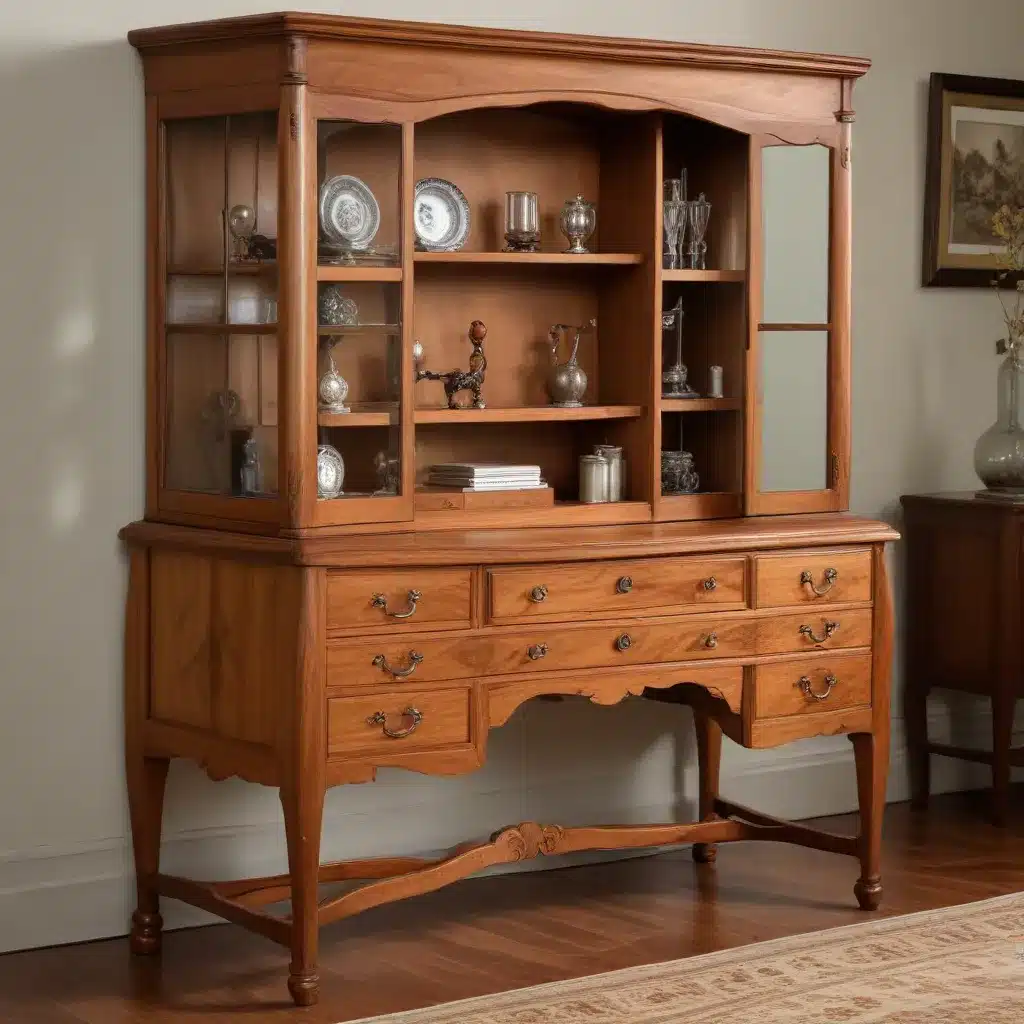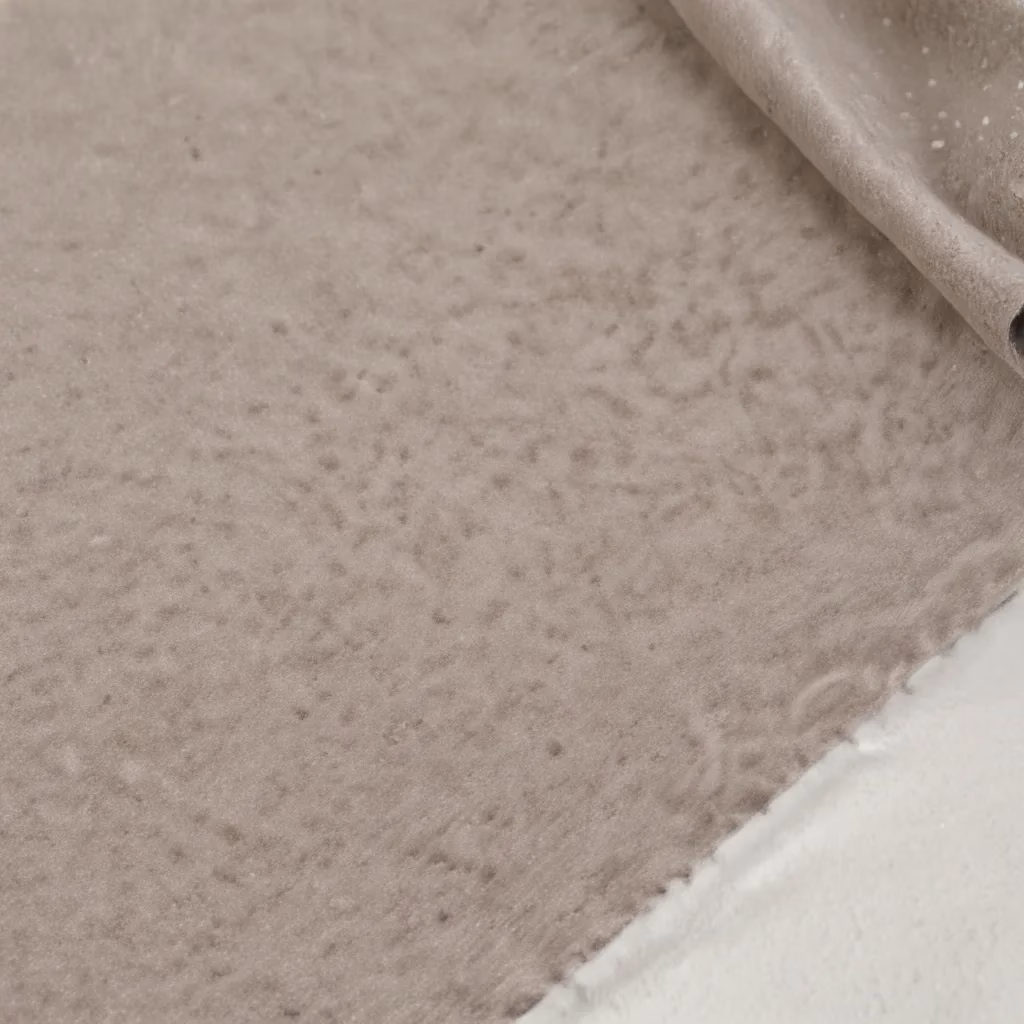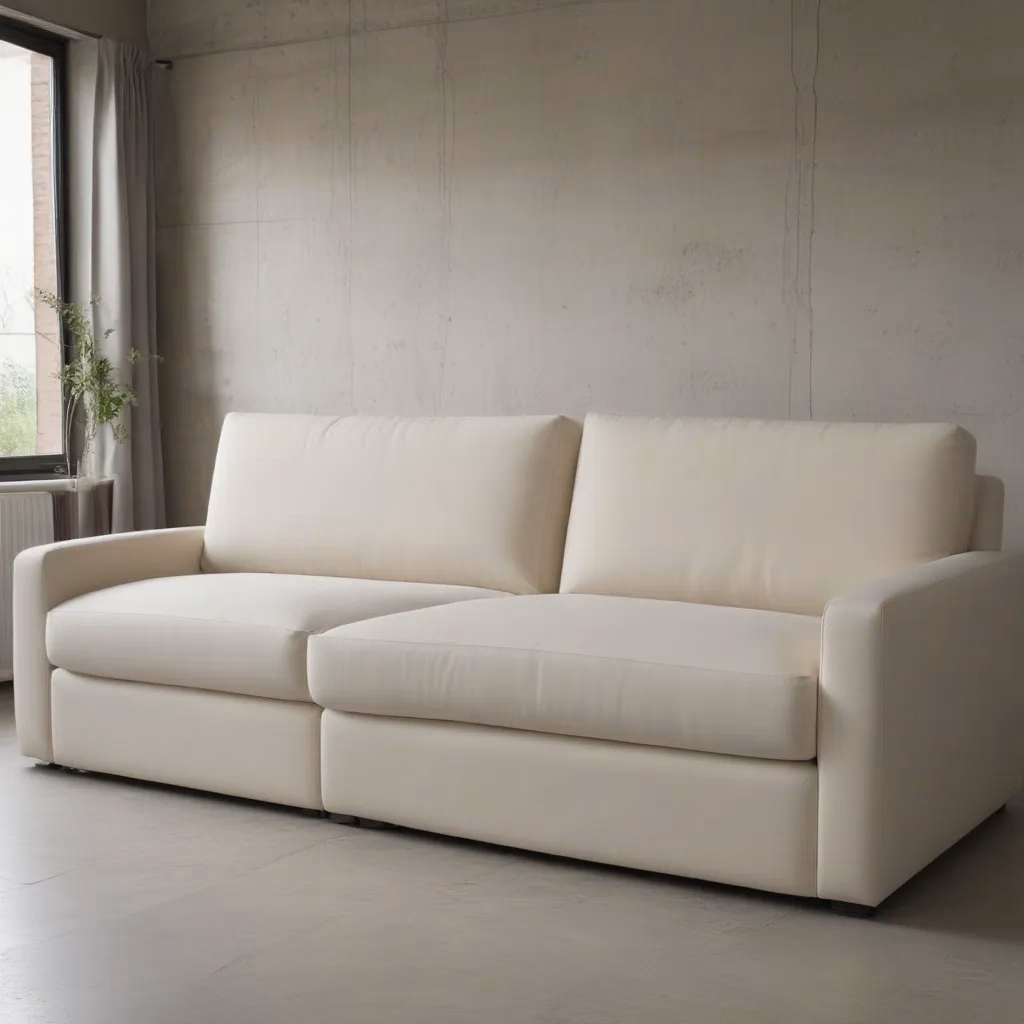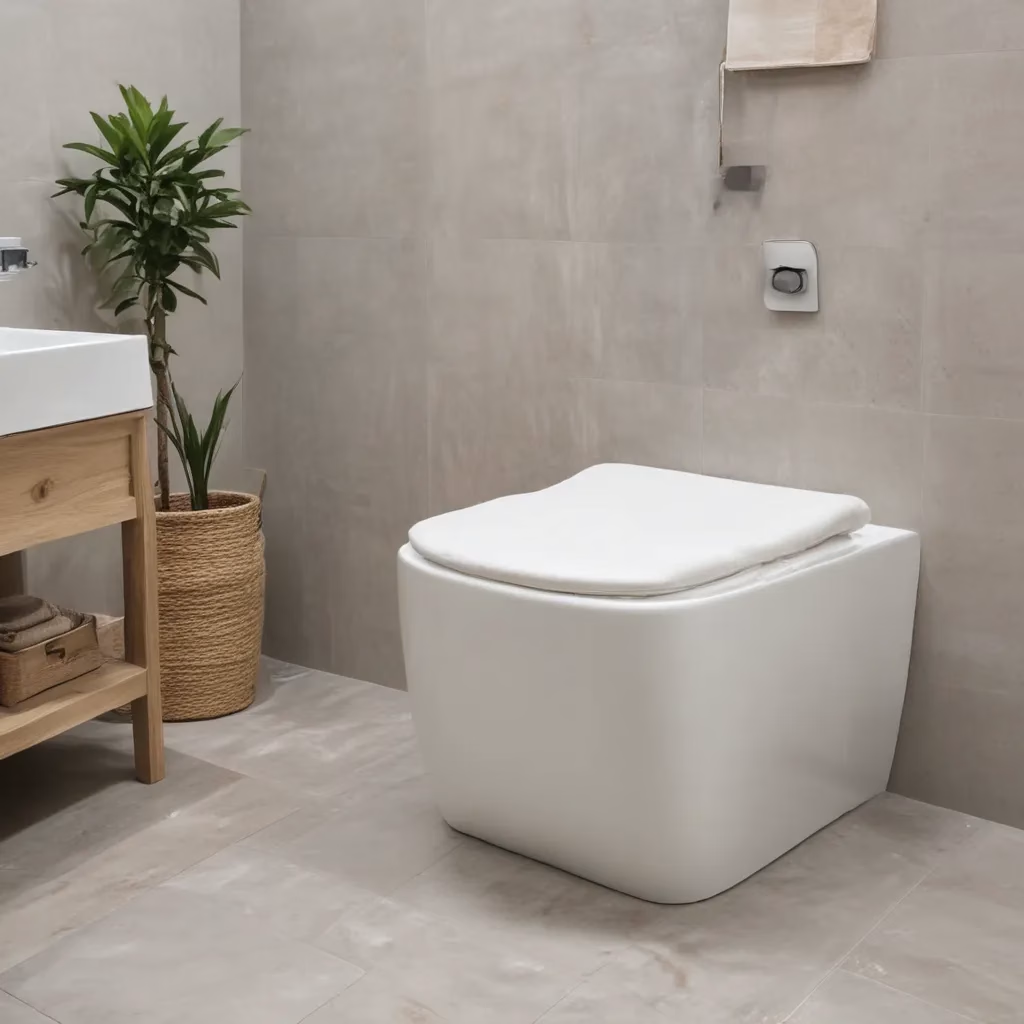
The Timeless Appeal of Handcrafted Furniture
As a furniture specialist with years of experience, I’ve seen trends come and go, but one thing remains constant: the enduring appeal of handcrafted furniture. There’s something truly special about pieces that are meticulously created by skilled artisans, using techniques passed down through generations.
When you choose a handcrafted piece, you’re not just buying furniture; you’re investing in a work of art. Each item tells a story, from the careful selection of wood to the final touches that make it uniquely yours. The beauty of handcrafted furniture lies not only in its appearance but also in the knowledge that skilled hands have shaped every curve and joint.
I’ve had the pleasure of working with many clients who have come to appreciate the difference that handcrafted furniture makes in their homes. One couple I worked with was initially hesitant about the cost of a custom dining table, but after seeing the finished product and understanding the craftsmanship involved, they were absolutely thrilled. They realized they had acquired not just a table, but a future family heirloom.
The Craftsmanship Behind Handmade Furniture
Selecting the Perfect Materials
The journey of creating a handcrafted piece begins long before the first cut is made. It starts with the careful selection of materials. In my experience, the choice of wood can make or break a piece of furniture. Artisans often spend considerable time choosing the right boards, looking for beautiful grain patterns and ensuring the wood is properly seasoned.
I remember visiting a workshop where the craftsman showed me a stack of cherry wood he had been aging for over two years. He explained how this patience results in more stable, beautiful furniture that will last for generations. This level of care and attention to detail is what sets handcrafted furniture apart from mass-produced alternatives.
When selecting materials for sofas and upholstered pieces, the same level of scrutiny applies. High-quality fabrics and leathers are chosen not just for their appearance, but for their durability and comfort. A well-made sofa should not only look good but also stand up to years of daily use.
Traditional Techniques in Modern Times
One of the most fascinating aspects of handcrafted furniture is the blend of traditional techniques with modern sensibilities. Artisans often use time-honored methods like dovetail joints or mortise and tenon connections, which have proven their strength and durability over centuries.
However, these craftsmen aren’t stuck in the past. Many incorporate modern tools and techniques to enhance their work without compromising on quality. For example, I’ve seen artisans use computer-aided design to plan intricate inlays while still executing the work by hand.
This marriage of old and new results in furniture that honors traditional craftsmanship while meeting the needs of contemporary living. It’s not uncommon to find handcrafted pieces that seamlessly integrate features like hidden charging stations or modular designs for flexible living spaces.
The Environmental Impact of Artisanal Furniture
Sustainability in Furniture Making
As someone deeply involved in the furniture industry, I’ve become increasingly aware of the environmental impact of our choices. Handcrafted furniture often stands out as a more sustainable option compared to mass-produced alternatives. Many artisans prioritize using locally sourced, sustainably harvested wood, which reduces transportation emissions and supports responsible forestry practices.
I once worked with a craftsman who partnered with a local forest management program. For every tree used in his furniture, he ensured that multiple saplings were planted in its place. This commitment to sustainability not only helps the environment but also resonates with environmentally conscious consumers.
Longevity and Reduced Waste
One of the most significant environmental benefits of handcrafted furniture is its longevity. When you invest in a well-made piece, you’re likely to keep it for many years, even passing it down through generations. This reduces the need for frequent replacements and cuts down on the waste associated with disposable furniture.
I’ve seen firsthand how quality handcrafted pieces can stand the test of time. A client of mine still uses a dining set her grandmother purchased over 70 years ago. With proper care and occasional refinishing, handcrafted furniture can last for decades, making it a wise choice for both your home and the planet.
Customization: Making It Your Own
Tailoring Design to Your Space
One of the joys of working with handcrafted furniture is the ability to customize pieces to fit perfectly in your space. Unlike mass-produced furniture that comes in standard sizes, artisanal pieces can be tailored to your specific needs. This level of customization ensures that your furniture not only fits physically but also complements your existing decor and personal style.
I once worked with a client who had an awkwardly shaped living room. We collaborated with a local craftsman to design a sectional sofa that maximized seating while fitting the unique contours of the space. The result was a piece that looked as though it had been built specifically for that room – because it had!
Choosing Your Own Finishes
Another aspect of customization that I find particularly exciting is the ability to choose your own finishes. From selecting the perfect wood stain to picking out upholstery fabrics, handcrafted furniture allows you to create pieces that truly reflect your personal taste.
I remember helping a couple choose finishes for their new bedroom set. They were torn between a dark walnut stain and a lighter maple finish. The craftsman provided samples of both, allowing them to see how each would look in their space. This level of personalization is rarely available with mass-produced furniture and can make all the difference in creating a cohesive and personalized interior design.
The Investment Value of Artisanal Furniture
Quality That Lasts a Lifetime
When discussing handcrafted furniture with clients, I often emphasize that it’s not just a purchase, but an investment. The superior quality of materials and craftsmanship means that these pieces are built to last. While the initial cost may be higher than mass-produced alternatives, the longevity of handcrafted furniture often makes it more economical in the long run.
I’ve seen countless examples of handcrafted pieces that have retained their beauty and functionality for decades. One client showed me a handcrafted bookcase that had been in her family for over a century. Not only was it still sturdy and functional, but it had also developed a rich patina that gave it even more character than when it was new.
Appreciating Value Over Time
Unlike many consumer goods that depreciate quickly, well-made artisanal furniture often appreciates in value over time. This is particularly true for pieces made by renowned craftsmen or those that exemplify a particular style or period.
I once helped a client sell a handcrafted dining set that had been in their family for generations. To their surprise, the set fetched a price significantly higher than its original cost, even accounting for inflation. This appreciation in value is a testament to the enduring appeal and quality of handcrafted furniture.
Caring for Your Handcrafted Furniture
Proper Maintenance Techniques
Owning handcrafted furniture comes with the responsibility of proper care and maintenance. However, I’ve found that many clients are more than willing to put in the extra effort to preserve their cherished pieces. Here are some tips I often share:
-
Regular dusting: Use a soft, lint-free cloth to dust your furniture regularly. This prevents buildup of dirt and grime that can scratch the surface.
-
Avoid direct sunlight: Protect wood furniture from direct sunlight, which can cause fading and drying.
-
Use coasters and pads: Prevent water rings and scratches by using coasters under drinks and pads under objects.
-
Polish wood surfaces: Apply a quality furniture polish periodically to nourish the wood and maintain its luster.
-
Rotate cushions: For upholstered pieces, rotate cushions regularly to ensure even wear.
Professional Restoration
Despite the best care, there may come a time when your handcrafted furniture needs professional attention. I always advise clients to seek out skilled restoration experts who understand the value of handcrafted pieces. A good restorer can breathe new life into an old piece, often making it look as good as the day it was made.
I once worked with a client who had inherited a beautiful handcrafted armoire that had seen better days. We found a local restoration expert who specializes in antique furniture. The transformation was remarkable – not only did they repair the structural issues, but they also managed to preserve the piece’s original character and patina.
The Future of Handcrafted Furniture
Blending Tradition with Innovation
As we look to the future, I’m excited to see how handcrafted furniture continues to evolve. Many artisans are finding innovative ways to blend traditional techniques with modern technology and design sensibilities. This fusion results in pieces that honor craftsmanship while meeting the needs of contemporary living.
For example, I recently visited a workshop where artisans were using 3D printing to create intricate molds for casting metal components. These components were then integrated into handcrafted wooden furniture, creating unique pieces that couldn’t be achieved through traditional methods alone.
Supporting Local Artisans
One trend I’m particularly passionate about is the growing support for local artisans. In an age of global mass production, there’s a renewed appreciation for locally made, handcrafted goods. This not only supports local economies but also reduces the environmental impact associated with long-distance shipping.
I always encourage my clients to explore the work of local craftsmen. Not only does this often result in unique, high-quality pieces, but it also creates a connection between the buyer and the maker. There’s something special about knowing the person who created your furniture and understanding the story behind each piece.
Conclusion
Handcrafted furniture represents more than just a place to sit or a surface to eat on. It embodies the skill, passion, and creativity of talented artisans. Each piece tells a story, from the careful selection of materials to the final touches that make it uniquely yours.
As we’ve explored, choosing handcrafted furniture offers numerous benefits:
- Superior quality and durability
- Customization options
- Environmental sustainability
- Investment value
- Support for local artisans and traditional skills
While handcrafted furniture may require a larger initial investment, the long-term value – both financial and emotional – makes it a worthwhile choice for many. As you consider your next furniture purchase, I encourage you to explore the world of handcrafted pieces. You might just find a future family heirloom that will bring joy and beauty to your home for generations to come.
For more inspiration and to explore a wide range of quality furniture options, visit Sofa Spectacular. Whether you’re looking for a handcrafted masterpiece or simply seeking expert advice on furniture selection, we’re here to help you create a home that truly reflects your personal style and values.



